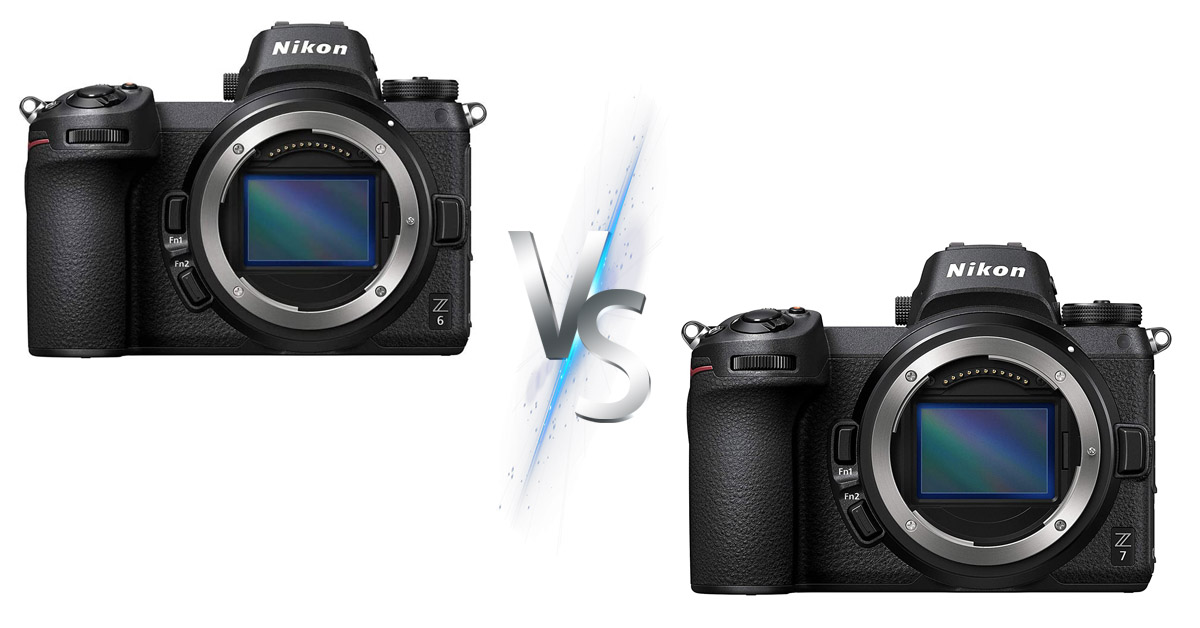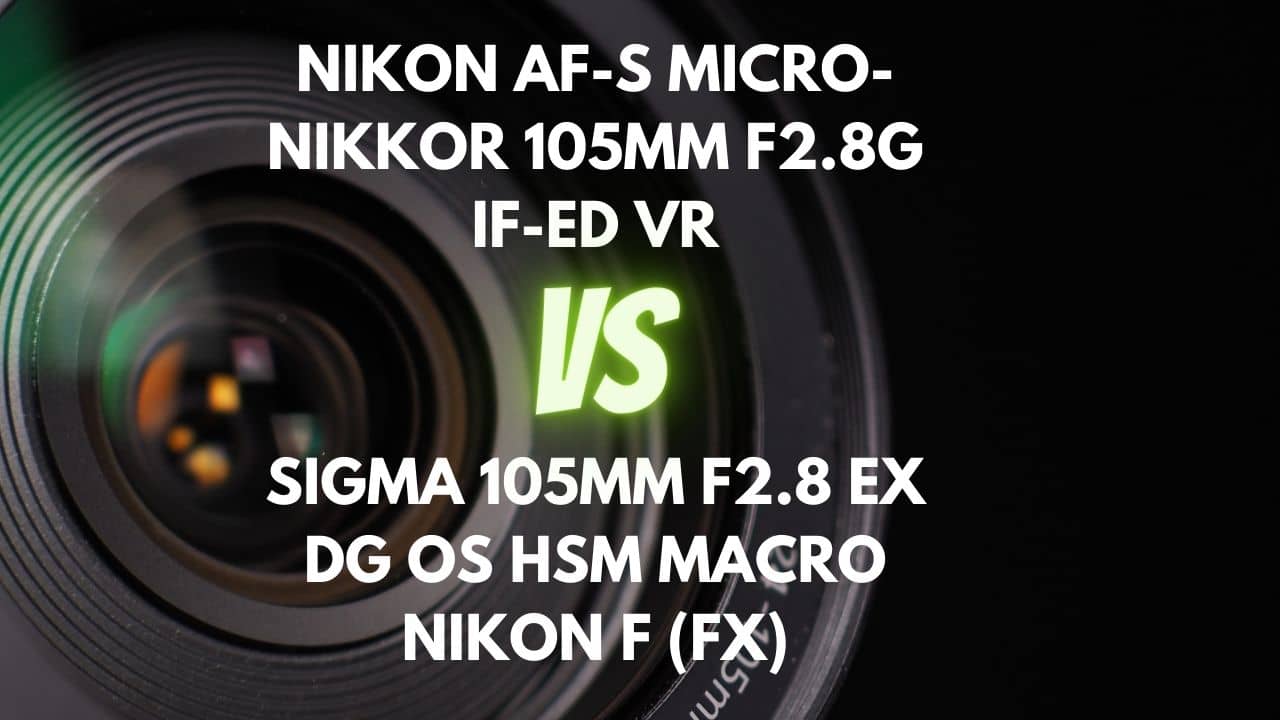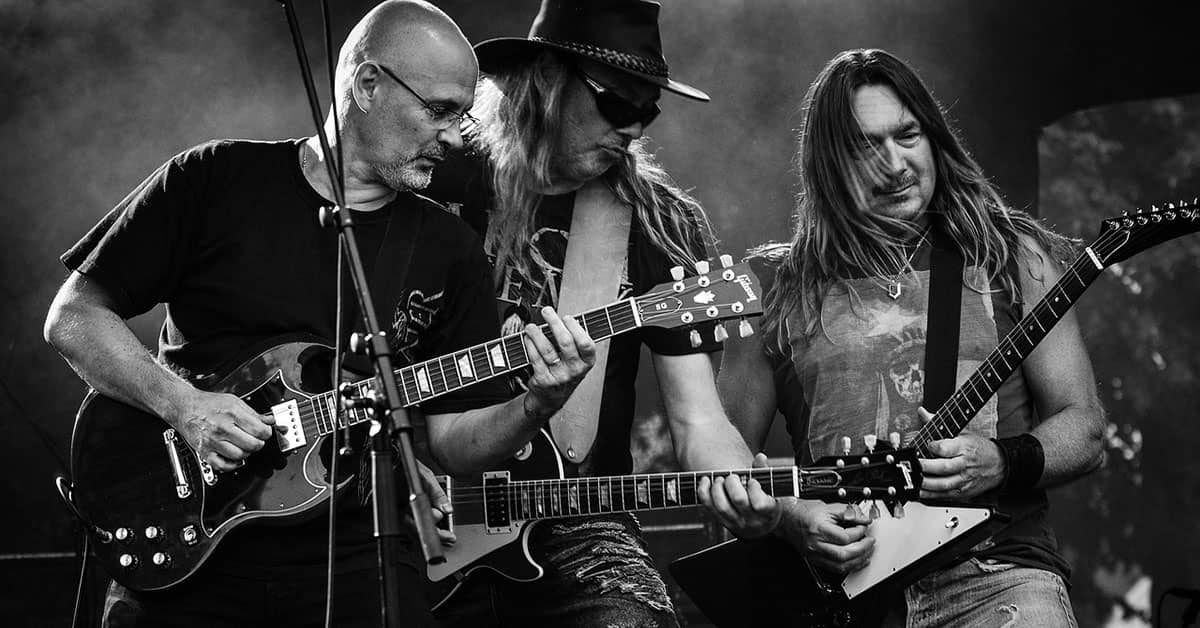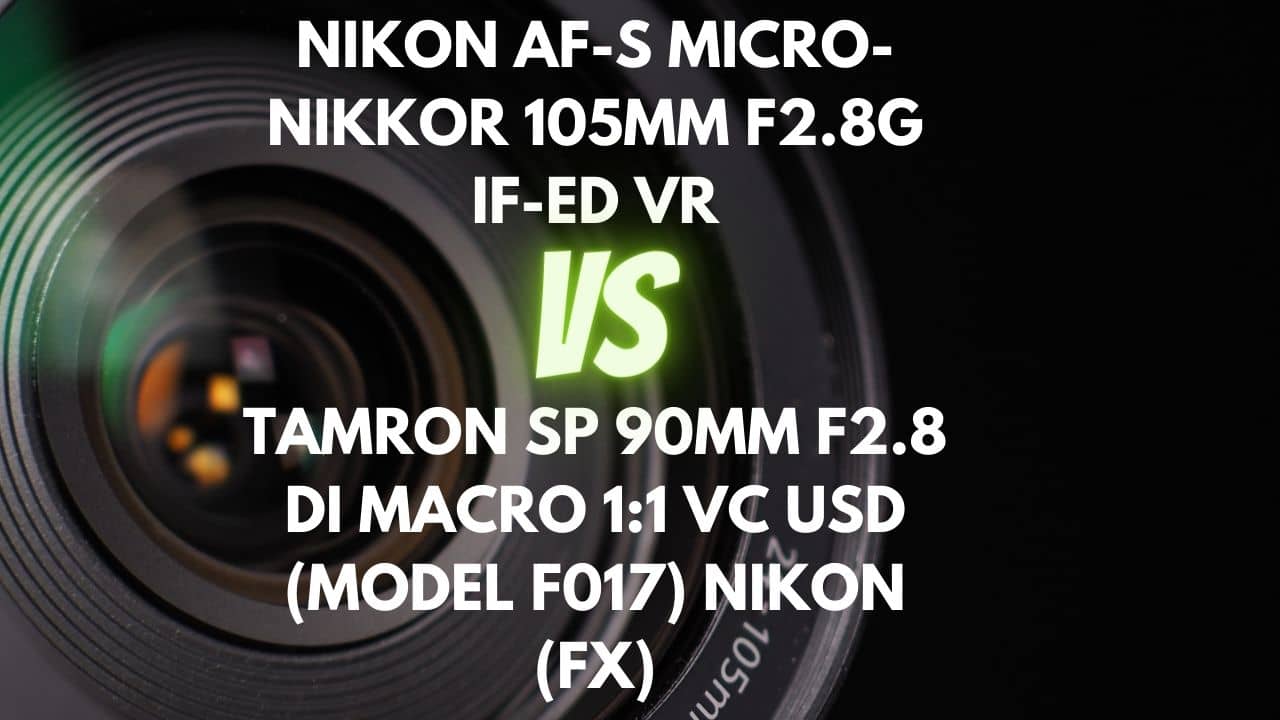If you shoot astrophotography, then you’ve probably thought about how nice it would be to have lighter equipment to haul out in the middle of the night.
Maybe you’ve even thought about trying out an MFT, but you’re worried about the capabilities of such a compact camera. Well, this article is going to talk about MFT’s and astrophotography, and what some of the best lenses to use.
Are Micro Four Thirds Cameras Good for Astrophotography?
The short answer is yes, definitely. Sensor size does not have a direct relationship with low light performance; it is the pixel pitch that is relevant. The pixel pitch of a micro four thirds camera is not necessarily smaller than that of a full-frame camera.
To get better image quality, we need more light coming into the sensor to use a lower ISO. For this reason, a lens with a wider aperture is always better than a lens without when it comes to astrophotography. And that’s what we are going to talk about in this article.
What Are the Best MFT Lenses for Astrophotography?
Sigma 16mm F1.4 DC DN Micro 4/3
No products found.
We’re going to set the bar pretty high with this Sigma lens. If you’re trying to capture the night sky with great detail, then the aperture is going to matter. This lens delivers an f/1.4 aperture that allows for plenty of brightness in your photos, even in low lighting conditions.
Designed for an APS-C sensor, this lens will provide a fixed focal length of 32mm on MFT cameras. The 32mm focal length provides a wide angle that is ideal for capturing the vastness of the night sky.
The lens elements are combined to create an ideal optical system. This includes the usage of a multitude of special coatings and lens geometry. The result? High resolution, even at the max end of the aperture range.
Not only does this lens come packed with all the tech to produce stunning photos, but it’s built to last. From the precision machined bayonet mount to the dust and splash resistant seal. It’s compact and lightweight, making it ideal for travel.
Pros
- Large aperture
- Wide-angle
Cons
- No image stabilization
- No quick toggle for auto/manual focus
- Heavier than the following lenses
Panasonic Leica DG Summilux 9mm f/1.7 ASPH
Aperture is the main ingredient for night shooting, and this lens has it. It comes equipped with an f/1.7 aperture, and while it’s not quite as large as some of the other lenses on the market, it’s certainly more than adequate.
The lens has an incredibly wide angle of view, making it ideal for capturing a large portion of the night sky. Better yet, this lens does an impeccable job of maintaining sharpness across the entire frame.
Panasonic constructs their lenses with some state-of-the-art technology also. This includes two aspheric lenses, two extra-low dispersion lenses, and an ultra-high refractive lens.
Materials and construction of lenses play a huge part in warding off aberrations, and Panasonic’s build does just that.
As for mobility, this lens exceeds convenience. It’s built rugged and designed to be dust and splash resistant. And at under half a pound in weight, and less than three inches in length and width, it doesn’t get much more convenient than that.
Pros
- Super wide-angle
- Small and lightweight
- Weather-resistance
Cons
- No aperture ring
- No quick toggle for auto/manual focus
Olympus M.Zuiko Digital ED 8mm F1.8 Fisheye Pro
We’ll start with the obvious, and it’s in the name. Fisheye lenses add a whole new element of creativity and coolness and when it comes to shooting.
Shooting a starscape is no exception, and the fisheye design of this lens can add cool elements to your shot; like the appearance of the landscape bending upwards toward the sky.
The max aperture on this one is a bit lower, at f/1.8. That being said, it’s still great for night sky shots. The f/1.8 might not produce the brightest photo, but your shot is going to be razor-sharp across the entire frame.
The construction of this lens does a fantastic job of eliminating comatic and chromatic aberration. When shooting the stars, this will lend itself to a much more clear and realistic shot of the sky.
This is achieved through the lens’s proprietary “ZERO” coating, and a 17 lens element configuration. Another huge benefit to this lens is 5 axis image stabilization technology, making it ideal for handheld nightscape shots.
When compared to other MFT lenses, this one is a bit on the bulkier side. It weighs in at just about three quarters of a pound, and right around three inches in length and width.
In terms of construction, it is on the more rugged side. It’s hermetically sealed in 6 locations, making it essentially dust, splash and freeze proof.
Pros
- Fisheye effect
- Rugged construction
- Image stabilization
Cons
- 7-bladed circular diaphragm
- Smaller f/1.8 aperture
Panasonic Leica DG Summilux 12mm f/1.4 ASPH
For our last MFT lens, we’re going to take a look at another Panasonic Leica. This lens is pretty similar to the first Panasonic we looked at, but comes equipped with an even larger aperture. Even at the max aperture of f/1.4, this lens will produce incredibly sharp images with only a minor amount of softening at the edges.
This lens comes loaded with a 9-bladed diaphragm, and sports a super-wide angle. Enough can’t be mentioned about the effect of wide-angle lenses. The wider the lens, the more stars you’ll capture.
Again, with Panasonic’s state-of-the-art lens coatings, and a 15 element built, aberrations aren’t a concern, which is a crucial aspect of achieving high-resolution skyscapes.
It also comes equipped with an aperture ring that allows for greater creative control over your images.
All in all, this is another great option for capturing the beauty of the night sky with an MFT camera. This lens will produce stunning images of the sky, crisp definition of the stars, and with unbelievable colors and clarity.
Pros
- Large f/1.4 aperture
- 9-bladed diaphragm
- Super-wide lens
Cons
- A little on the larger side
Conclusion
At the end of the day, MFT cameras are great for astrophotography, despite their sometimes misleading size.
When it comes to dragging out equipment in the middle of the night, smaller is arguably better.
If you have an MFT system camera, any one of the lenses we discussed today would be a great addition to support your night-sky shoots.
Each one provides images that are crisp, clear, and vibrant. They have the capability to capture great detail, even in the absence of great lighting.
Each has its own unique specs, and hopefully, the article we’ve compiled here will lend itself to helping you pick the perfect lens for your setup.






